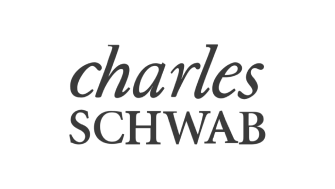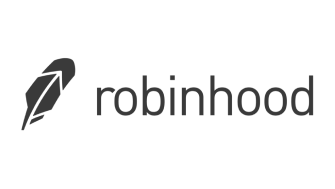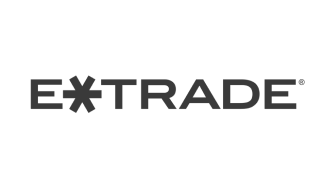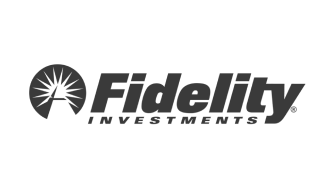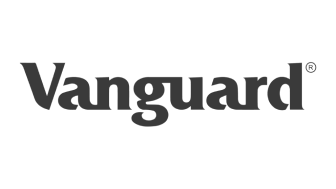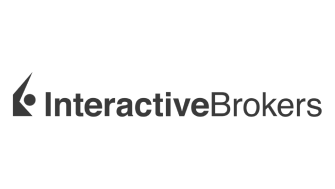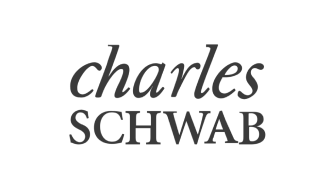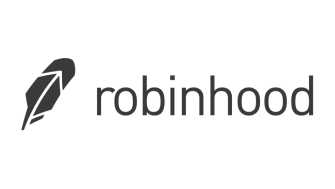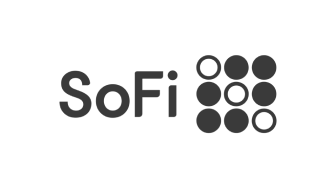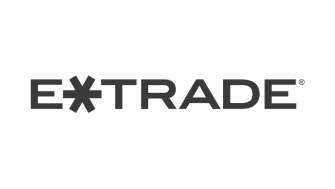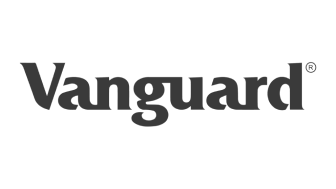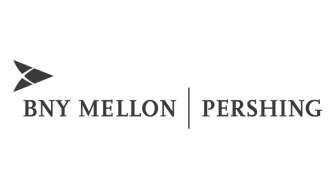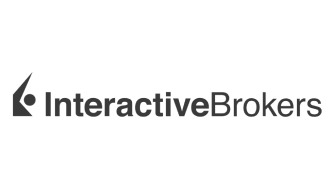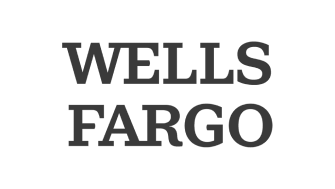Debt and FIRE Do Not Play Well
One of the biggest killers in the journey to FIRE (Financial Independence, Retire Early) is playing with debt. Yes, there is a such thing as good debt, like a low-interest mortgage on a home that steadily increases in value over time. But for most people, consumer debt offers little benefit and often becomes a financial burden. Debt often acts like an invisible weight, holding back financial progress for many Americans. Breaking free from the cycle of accumulating needless debt is essential for anyone trying to be financially free.
The Reality of Living Costs
Consider this: that $1,000 iPhone purchased on a credit card with an 18% APR could end up costing over $2,000 if only minimum payments are made, while simultaneously losing the opportunity to invest that money for future growth.
This single purchase represents a broader pattern where lifestyle choices cascade into larger financial commitments, like how a new phone leads to purchasing premium phone cases, protection plans, and the latest accessories.
The true cost isn’t just the price tag, it’s the compound effect of additional purchases, interest on payments, lost investment opportunities, and recurring costs.
Breaking free from this cycle requires understanding our spending triggers and the marketing tactics that exploit our desire for status and instant gratification.
Companies have mastered the art of making us feel like we’re missing out if we don’t upgrade to the latest model or join the newest subscription service.
True Cost of Consumer Debt
The biggest obstacles for those pursuing the FIRE movement often stem from consumer debt and lifestyle choices.
As of Q3 2024, U.S. credit card debt reached a record $1.17 trillion, an 8.1% increase from the previous year, with the average person owing $6,365 in credit card debt [1].
This staggering figure reflects how lifestyle inflation, driven by the desire to “keep up with the Joneses,” leads many into unnecessary debt.
Rather than paying with cash on hand, many people rely on credit cards, personal loans, and auto loans to satisfy their desire for non-essential purchases.
This dependency on debt to finance lifestyle purchases represents one of the most common mistakes that prevents people from achieving early retirement.
Practical Steps
Adjusting your lifestyle may be one of the hardest steps to take, but it’s also one of the most effective ways to jump on the FIRE train.
Some easy wins can include:
- Wait 24 hours before making non-essential purchases to curb impulse buying.
- Switch to generic brands when it comes to essential items.
- Cancel unused subscriptions like streaming services or food delivery services.
Some transformational changes can include:
- Downsizing your living space to save on rent or mortgage, utilities, and maintenance costs.
- Opt-in for public transport or biking whenever possible.
- Choose staycations or budget-friendly travel options rather than expensive flights and luxury accommodations.
If these changes feel overwhelming, boosting income can help bridge the gap. Consider starting a side hustle, freelancing, or even flipping items online to generate extra cash.
Shifting Perspectives for Long-Term Success
The path to FIRE becomes clearer when we shift toward value-based spending, finding satisfaction in quality over quantity and building sustainable habits that align with our long-term goals.
When we start viewing purchases through the lens of their true cost – including interest, opportunity cost, and ongoing commitments – we often find that many “must-have” items aren’t worth the financial burden they create.
By embracing these mindful adjustments, you can break free from the cycle of debt, reclaim your financial freedom, and accelerate your journey toward early retirement.
Footnote:
FIRE: FIRE, aka “Financial Independence, Retire Early,” is a financial lifestyle and philosophy focused on achieving financial freedom at a younger age through a combination of aggressive saving, smart investing, and mindful spending. The goal of FIRE is to accumulate enough wealth to support one’s living expenses without relying on traditional employment, allowing for early retirement or a shift to more fulfilling pursuits.
FIRE Movement: The FIRE movement, which stands for “Financial Independence, Retire Early,” is a lifestyle movement that has gained significant traction among millennials and Gen Z.
Risks
Investors should consider the investment objectives, risks, charges, and expenses of the ETF carefully before investing. For copies of our prospectus or summary prospectus, which contain this and other information, visit us online at www.fire-etfs.com or call (855) 514-2777. Please read the prospectus and/or summary prospectus carefully before investing. Investing in securities involves risk and there is no guarantee of principal.
Shares of the ETF may be bought or sold throughout the day at their market price on the exchange on which they are listed. The market price of an ETF’s shares may be at, above or below the ETF’s net asset value (“NAV”) and will fluctuate with changes in the NAV as well as supply and demand in the market for the shares. Shares of the ETF may only be redeemed directly with the ETF at NAV by Authorized Participants, in very large creation units. There can be no guarantee that an active trading market for the Fund’s shares will develop or be maintained, or that their listing will continue or remain unchanged. Buying or selling the Fund’s shares on an exchange may require the payment of brokerage commissions and frequent trading may incur brokerage costs that detract significantly from investment returns.
ETFs: ETFs that the Fund may invest in are subject to market, economic and business risks that may cause their prices to fluctuate. Shareholders will pay higher expenses than would be the case if making direct investments in the underlying ETFs. Because the Fund invests in ETFs, it is subject to additional risks that do not apply to conventional mutual funds, including the risks that the market price of an ETF’s shares may trade at a discount to its net asset value (”NAV”), an active secondary trading market may not develop or be maintained, or trading may be halted by the exchange in which they trade, which may impact a Fund’s ability to sell its shares.
AUM: Assets under management (AUM) is the market value of the investments managed by a person or entity on behalf of clients. AUM is used in conjunction with management performance and management experience when evaluating a company.
SMA: A separately managed account (SMA) is a portfolio of securities that is managed by a professional investment firm for a single investor. SMAs are designed to be customized to meet the specific needs of the investor, and can include stocks, bonds, and other securities.
Inflation Risk: Inflation risk is the risk that the value of assets or income from investments will be less in the future as inflation decreases the value of money. As inflation increases, the present value of the Fund’s assets and distributions, if any, may decline.
Market Risk: The market value of the portfolio’s holdings rise and fall from day to day, so investments may lose value.
New Fund Risk: The Fund is a recently organized management investment company with no operating history. As a result, prospective investors do not have a track record or history on which to base their investment decisions.
Non-Diversification Risk: As a non-diversified fund, the Fund may invest a larger portion of its assets in the securities of one or a few issuers than a diversified fund. A non-diversified fund’s investment in fewer issuers may result in the fund’s shares being more sensitive to the economic results of those issuers. An investment in the Fund could fluctuate in value more than an investment in a diversified fund.
* As of 11/30/2024, Mike Venuto manages a total of 236 accounts, including 60 registered investment companies and 176 other accounts. The AUM for the 60 registered investment companies is $8.2 billion, and the AUM for the Other accounts is $43 million.
** As of 11/30/2024, Dan Weiskopf manages a total of 33 accounts, including 5 registered investment companies and 28 other accounts. The AUM for the 5 registered investment companies is $1.2 billion, and the AUM for the Other accounts is $14 million.
Distributed by Foreside Fund Services, LLC. Foreside is not related to Investment Adviser, Tidal Investments, LLC.
